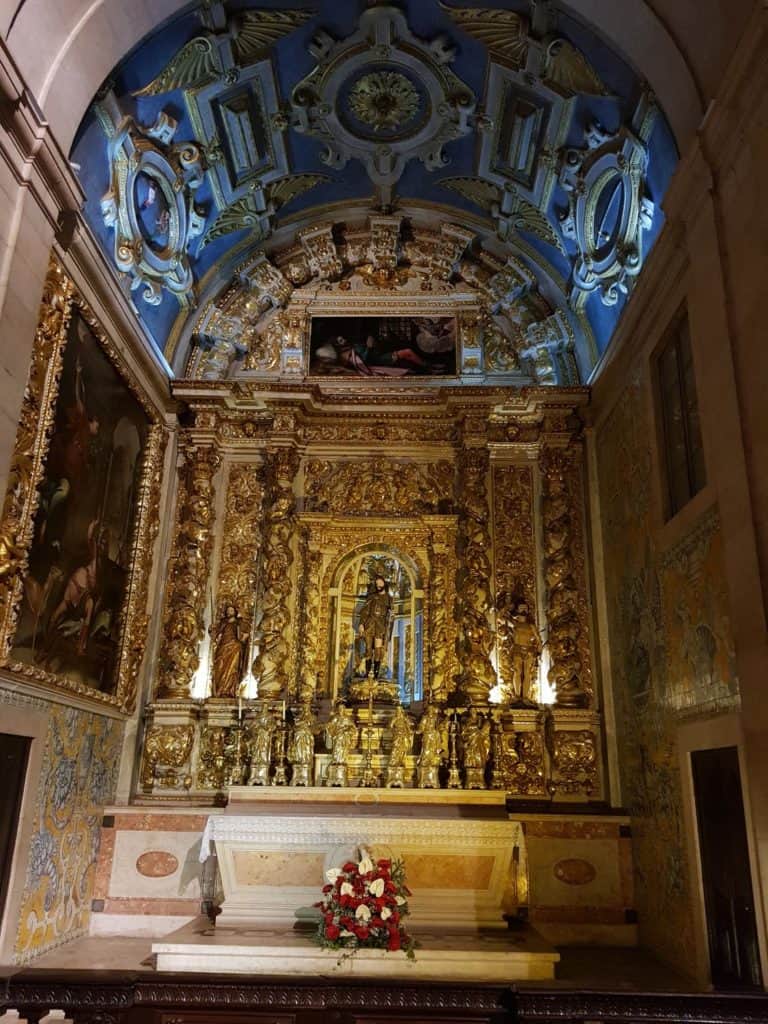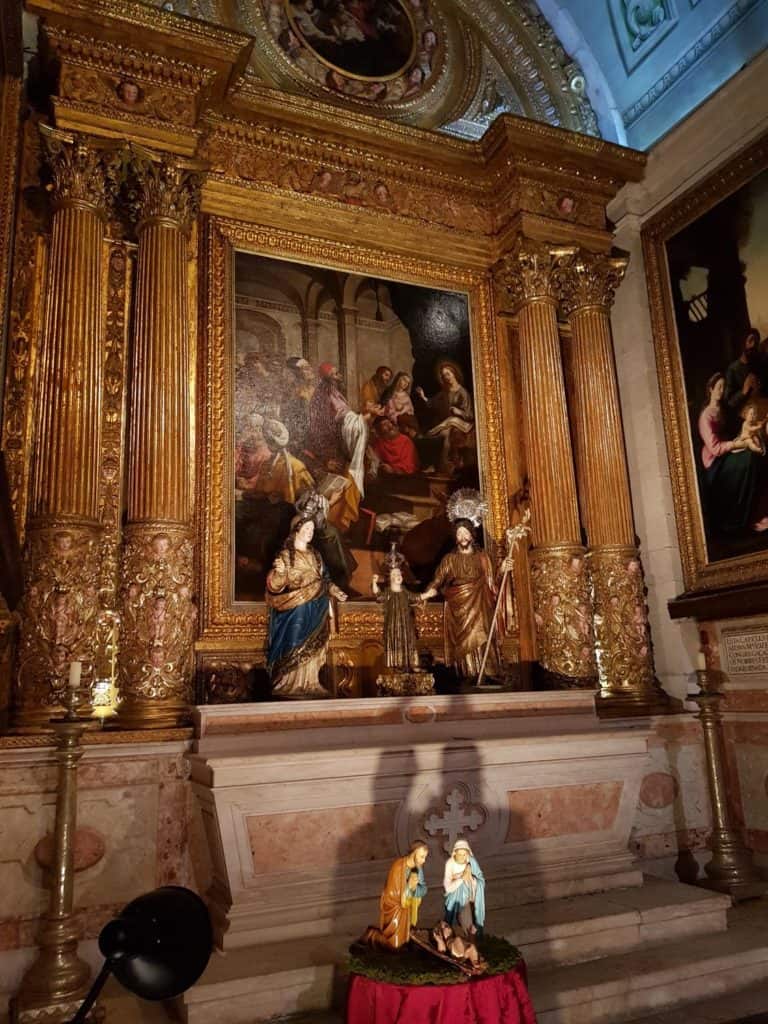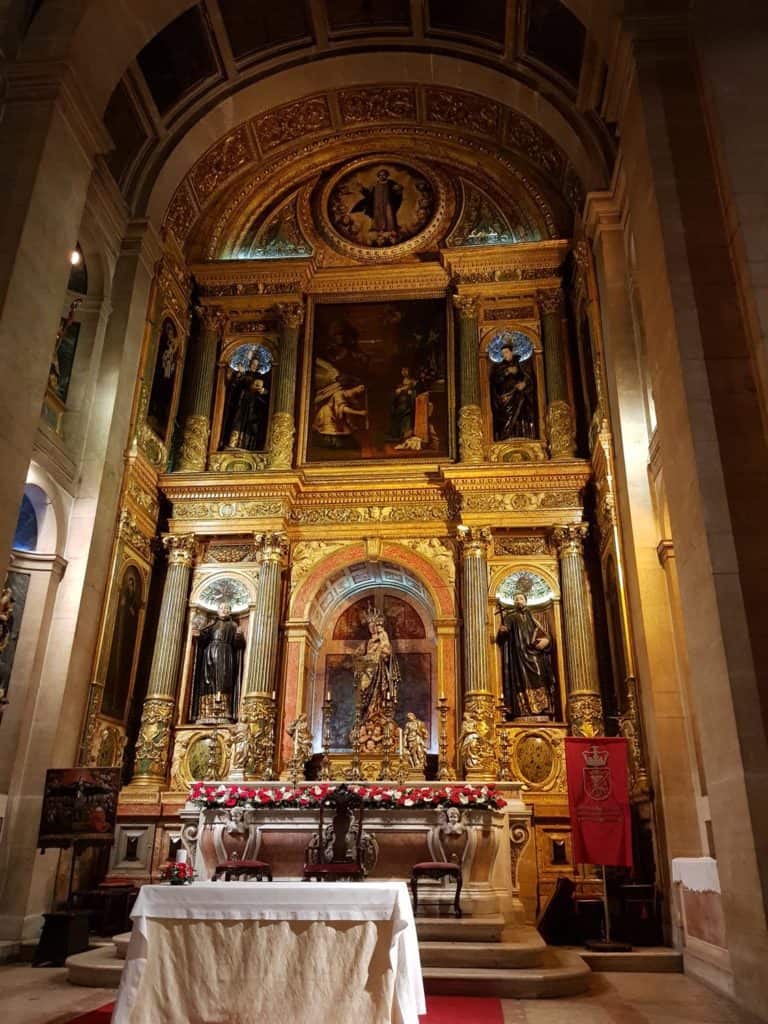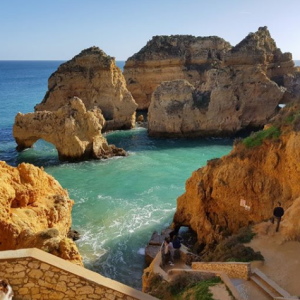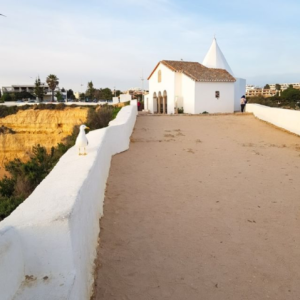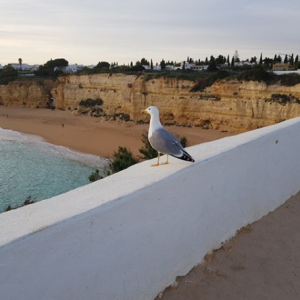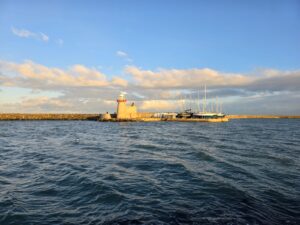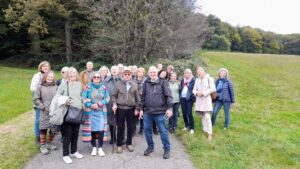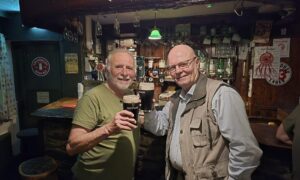Lisbon, more than 3000 years of eventful history of survival, shaken and repeatedly destroyed and with unbroken attraction
My way further leads me to Lisbon at the Tejo, which flows into the Atlantic Ocean with a wide bay. The predominant cityscape is characterized by the quickly rebuilt houses in prefabricated construction after the devastating earthquake, tsunami and large fire of 1755. Sebastião José de Carvalho e Mello, then Foreign Minister under King Joseph I of Portugal, very efficiently led a rapid reconstruction with the introduction of urban planning novel, rectangular streets, especially in the area of the Baixa and around the Rua Augusta. He therefore later became First Minister and, as Marquês de Pombal, led Portugal from the traditional, clerical politics of the Middle Ages to the enlightened absolutism of modernity.
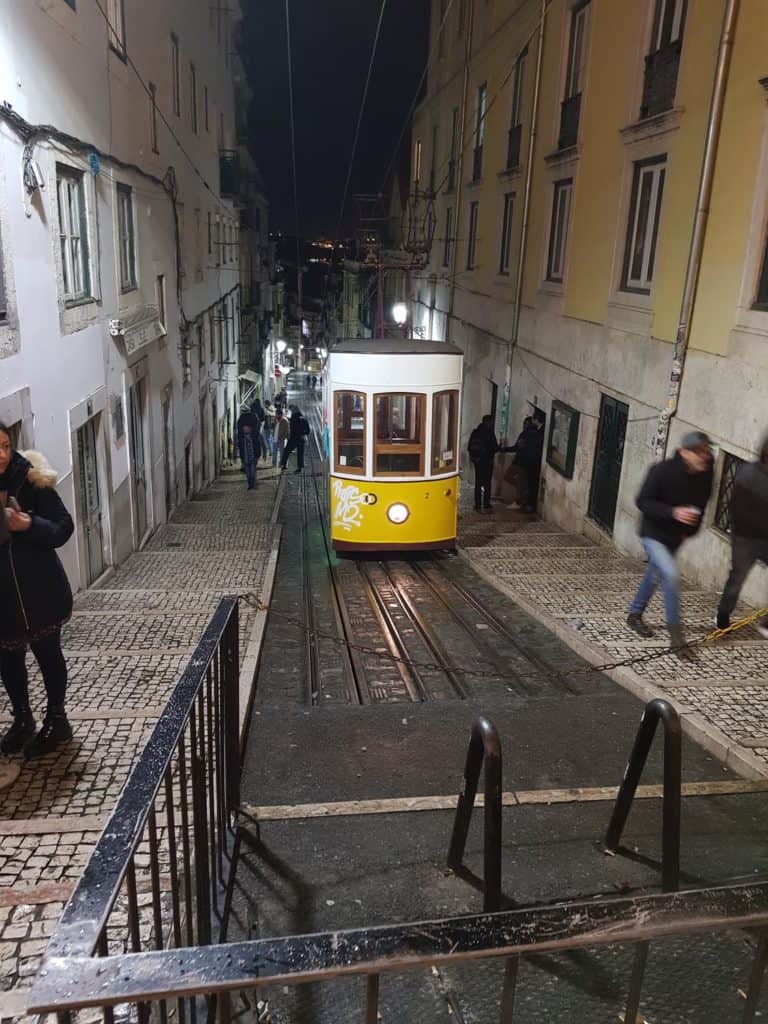
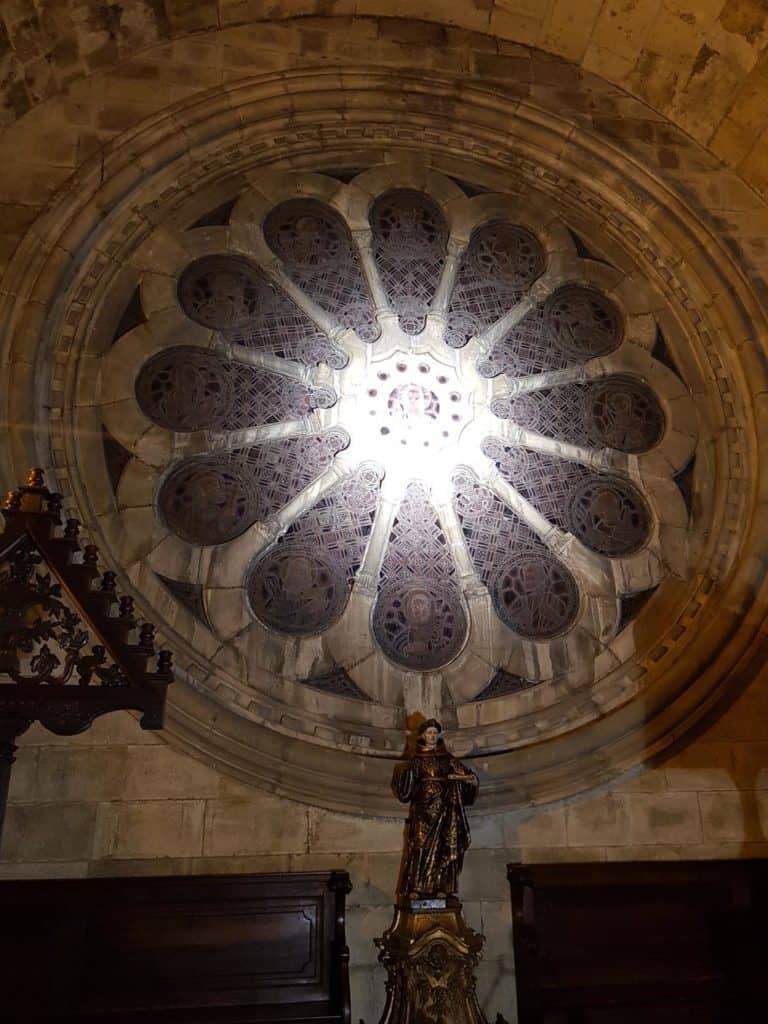
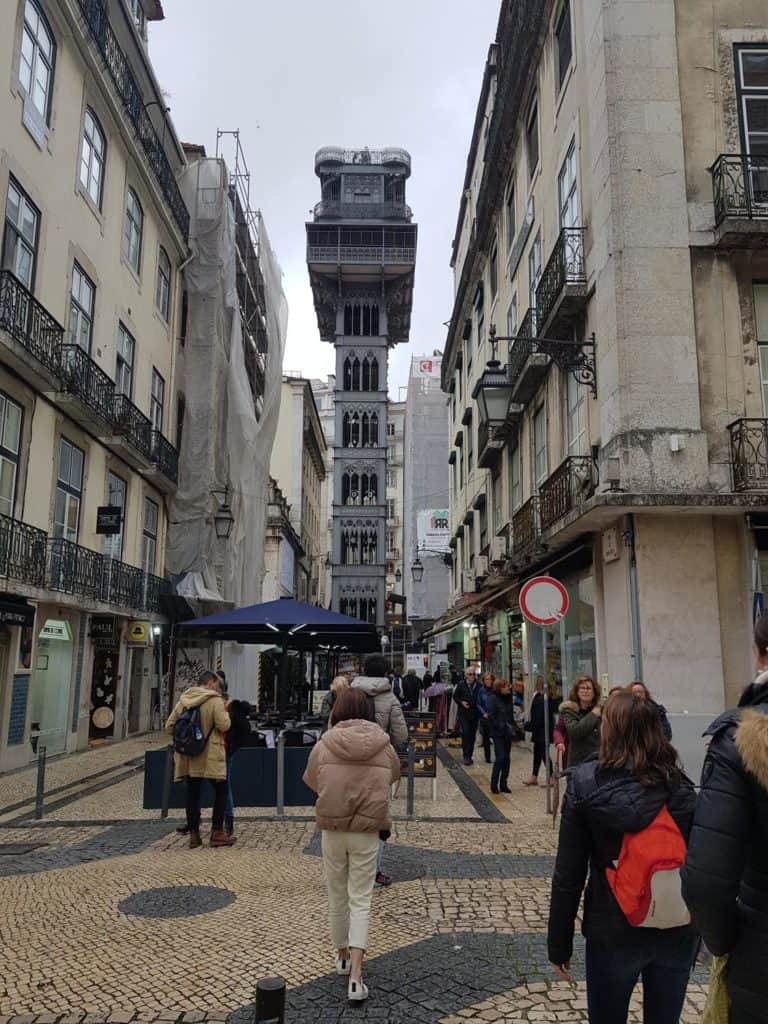
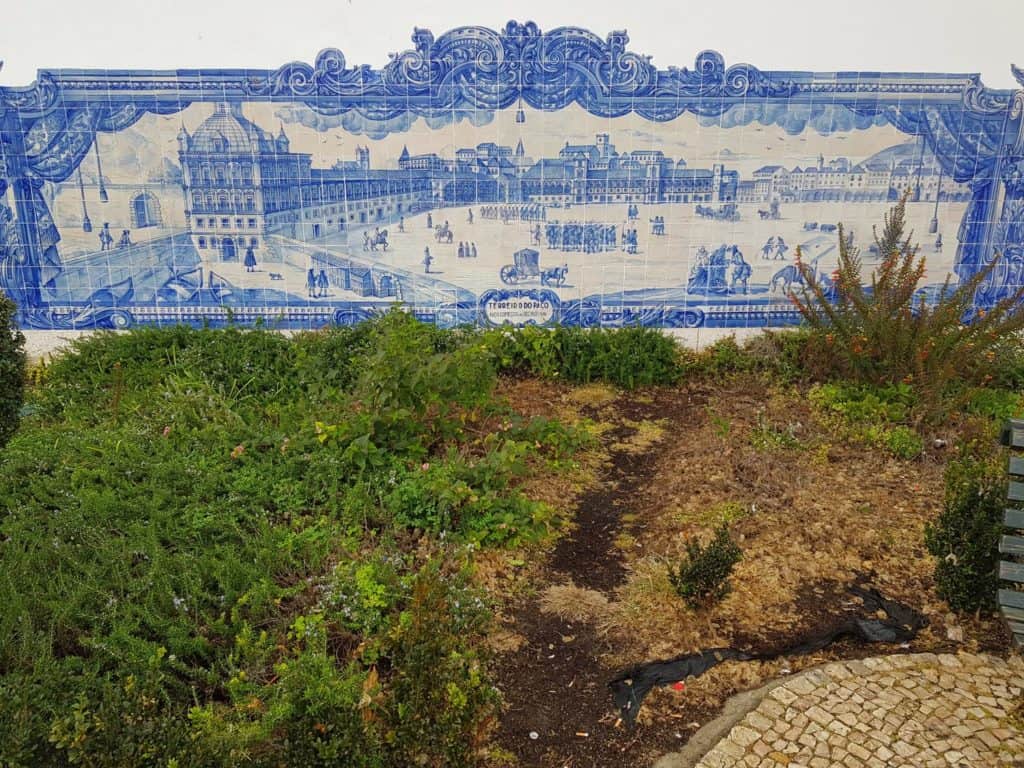
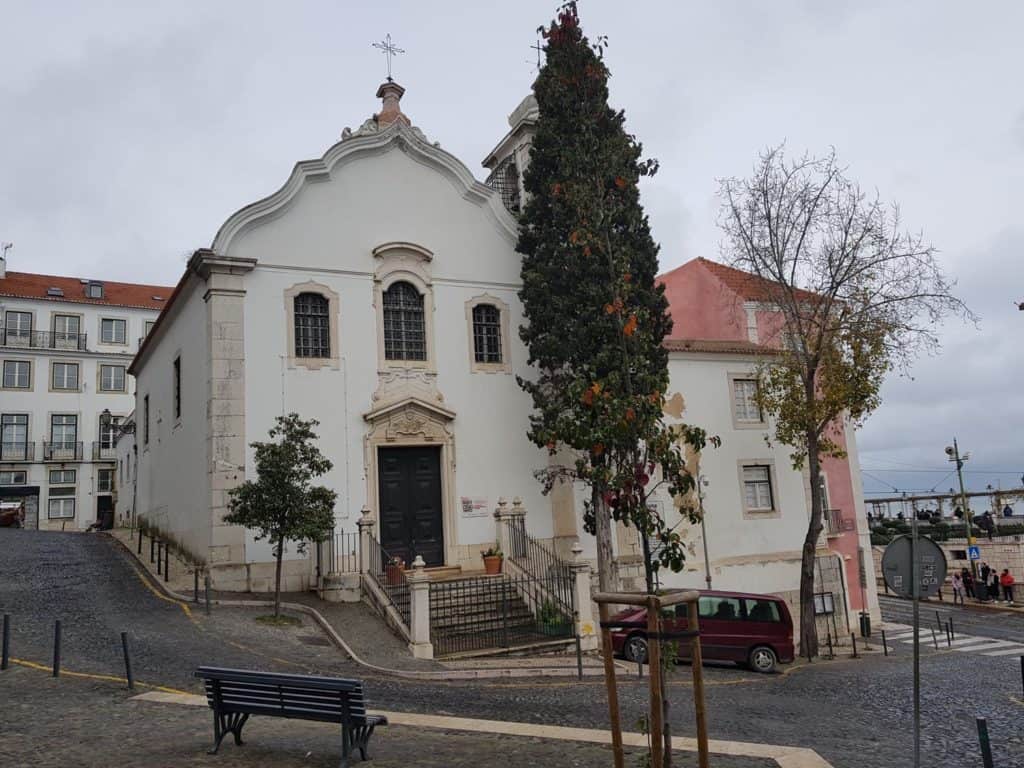
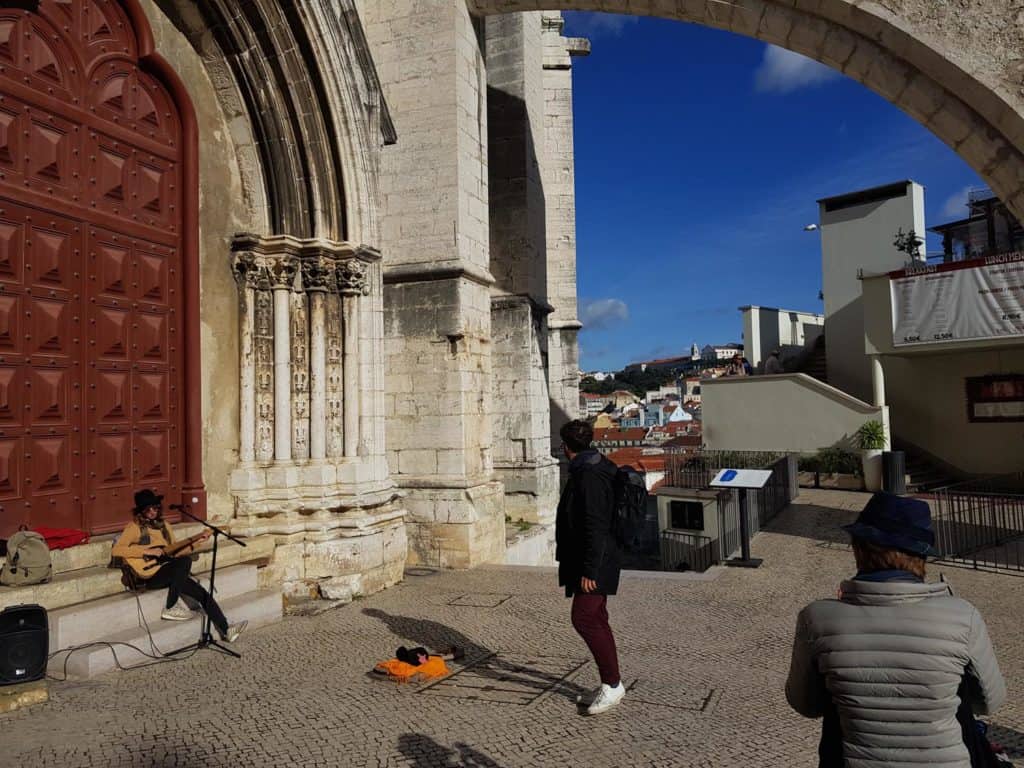
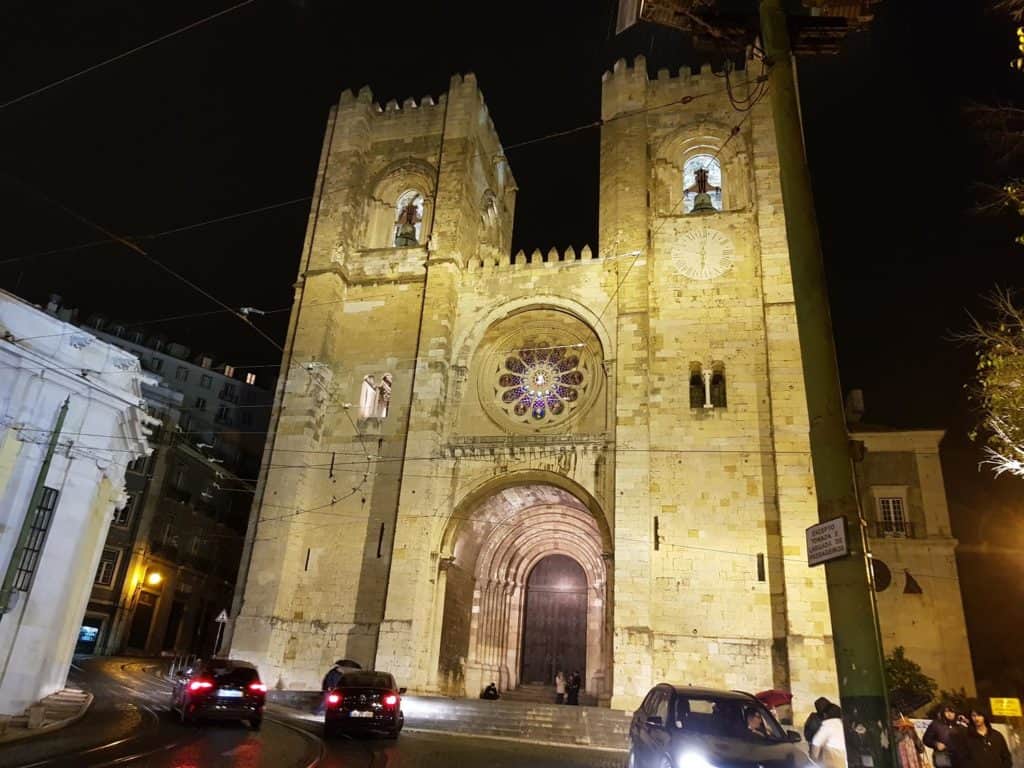
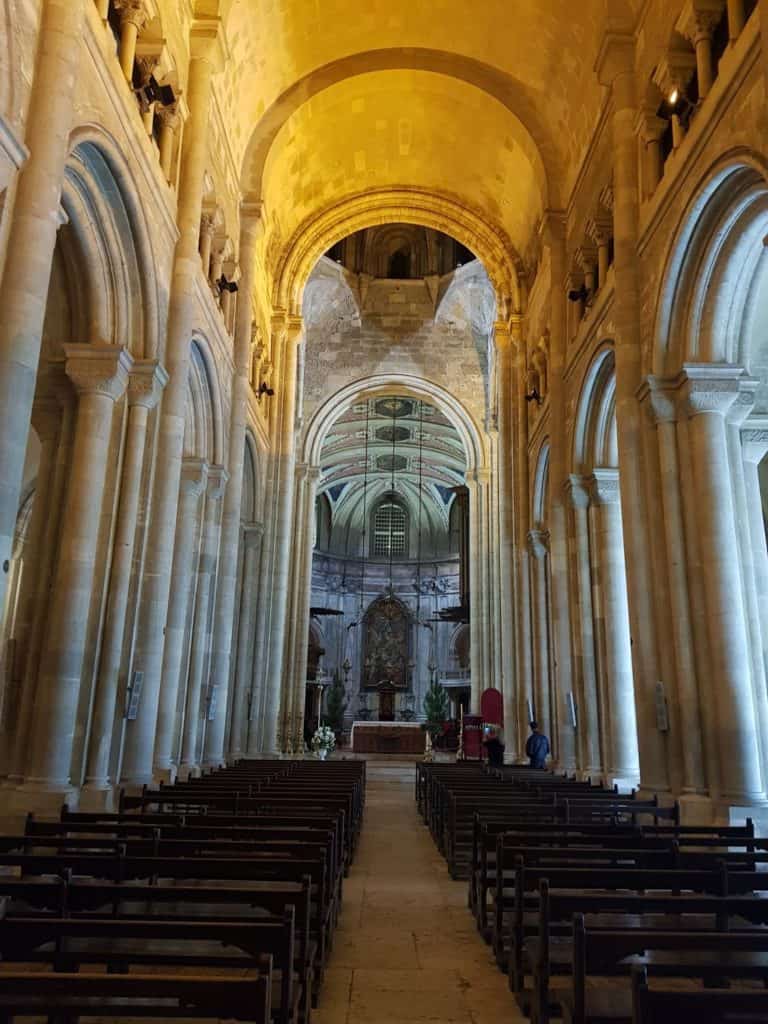
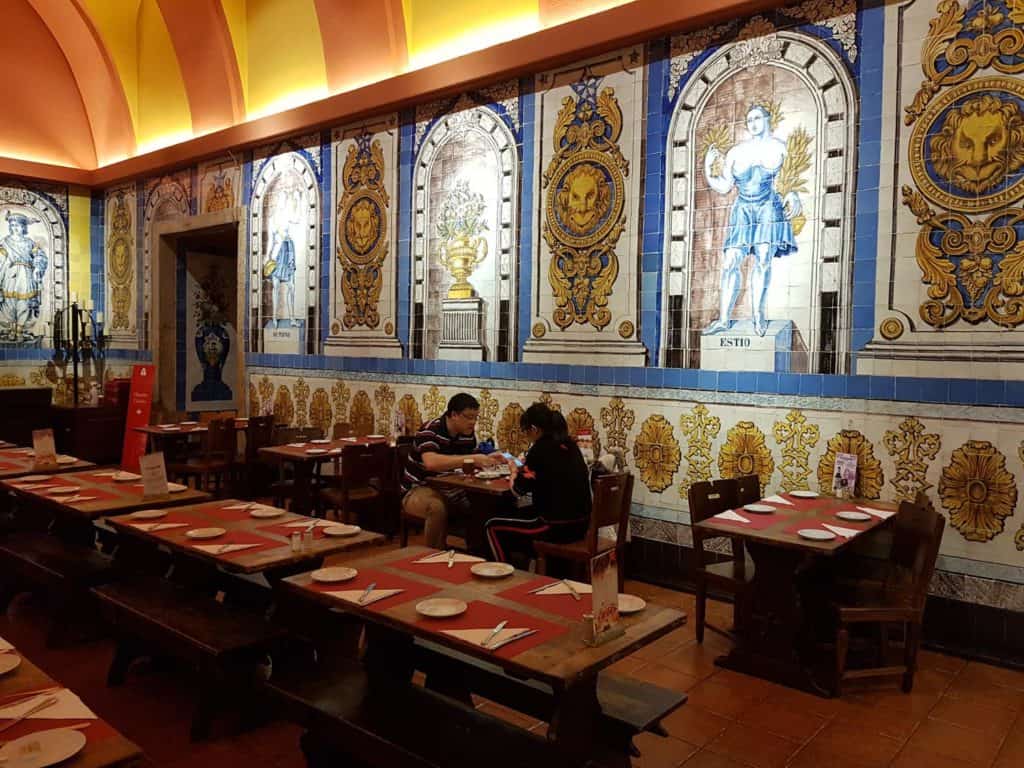

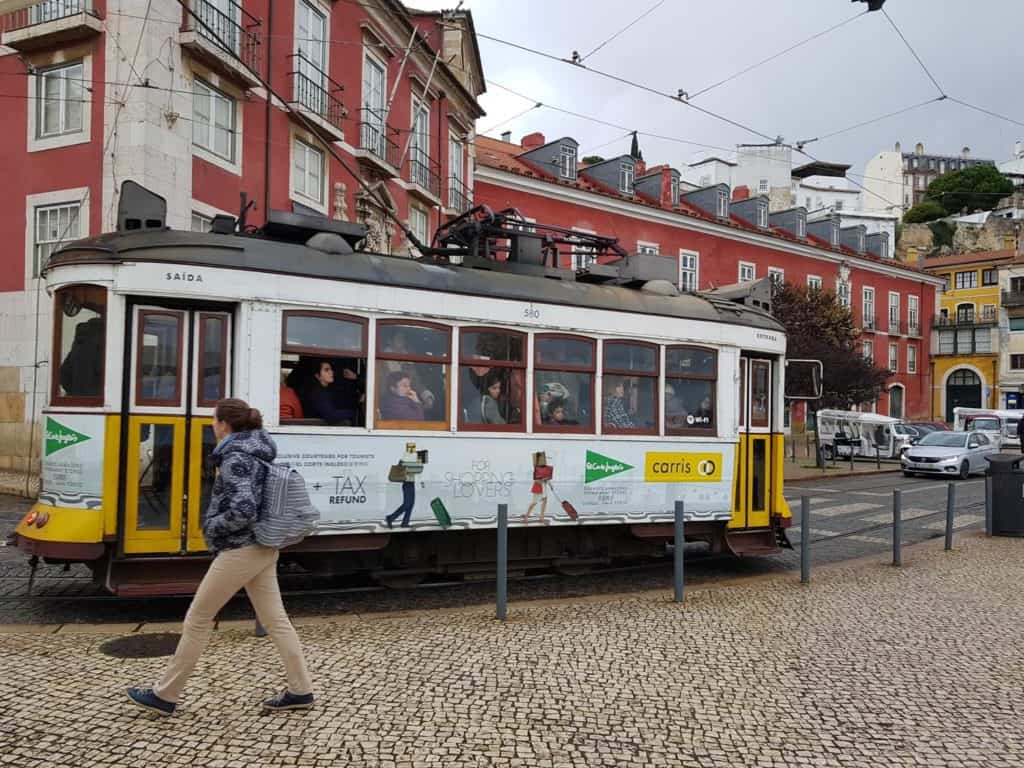
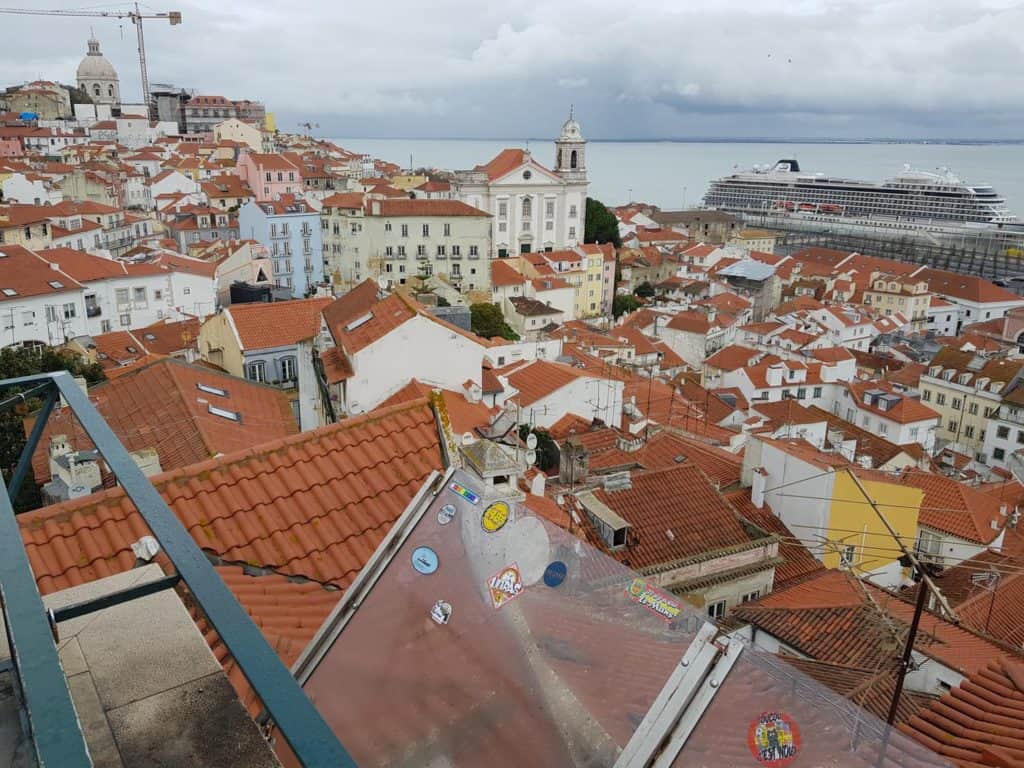
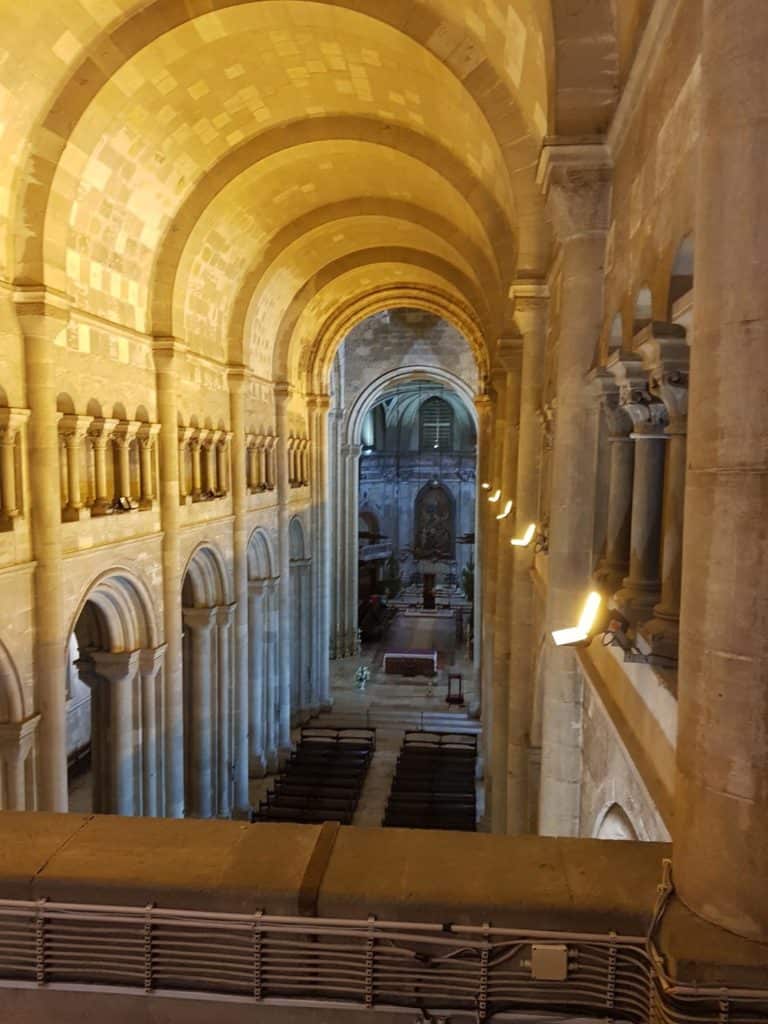
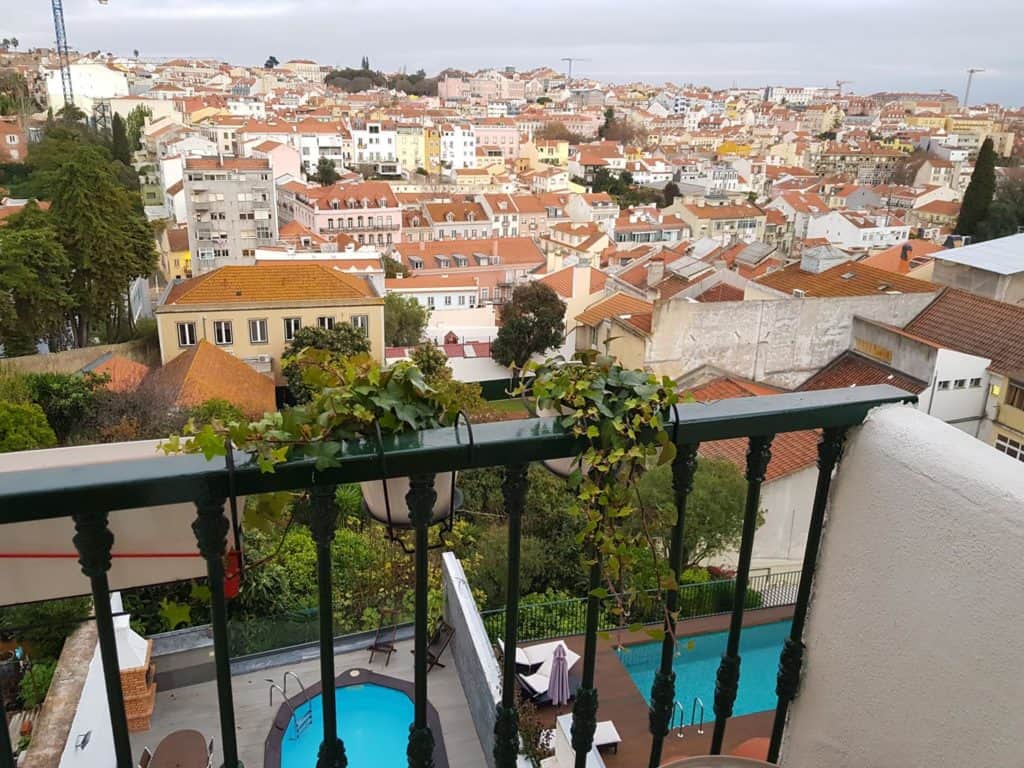
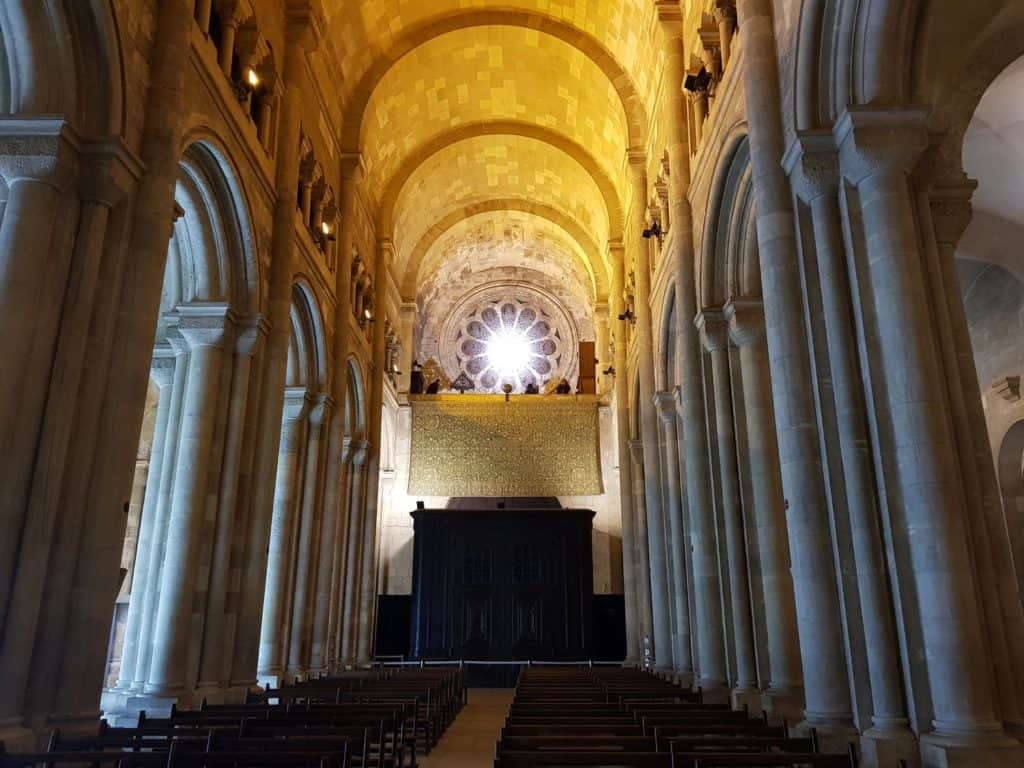
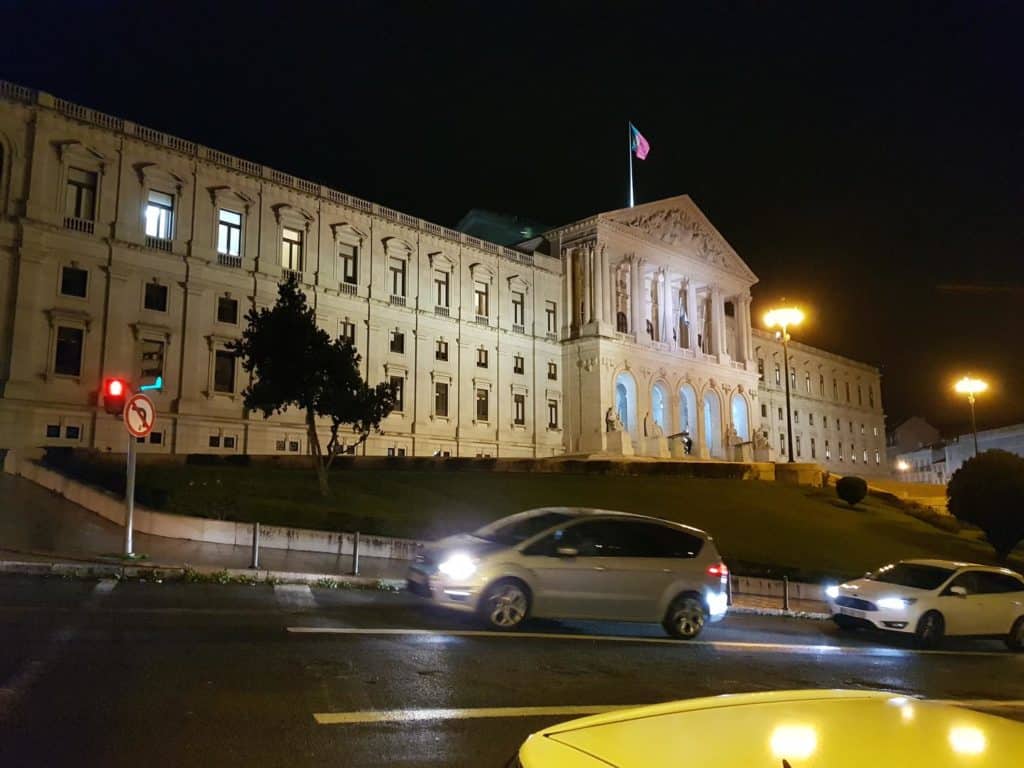
My Airbnb apartment on the 4th floor of a modern renovated old building offers me a never ending view of the valley to the district Estrela from the mini balcony. The first walk goes in the direction of Baixa to the Elevador de Santa Justa or Elevador do Carmo, from there through the winding alleys and stairs of the Alfama, created in Moorish times, up to the Igreja de São Tiago e São Martinho at the corner Rua de Santiago | Freguesia de Santa Maria Maior. It is the starting point of the Caminho Português de Santiago, the Portuguese Way of Saint James in Lisbon. As in Porto, I am fascinated by the small trams from the 1930s, which squeak, rattle and clatter sometimes in narrow and steep streets, bumping over rails that have not been level for a long time and have no regular bend in curves for a rumble-free ride. At turnouts the tram loses contact with the overhead line as planned and stops. Then the driver gets off at the back and pulls down the catenary contact, which is spring-mounted on an insulated rope, a little bit to place it a little bit to the side under the new catenary, which goes around the curve. Then he gets back into his driver’s seat and drives on. I can’t get out of the jam. Mechanically guided electricity. A technology that hasn’t changed for 90 years and it still works. There are also the funiculars, called Ascensores de Lisboa, which are considered lifts. They look like small trams, but only have two stops, namely at the top and bottom of busy steep streets and alleys. The next day, I afford myself a travel guide. Monika is from Düsseldorf, has Danish-Indian roots and has lived in Lisbon for about 5 years out of passion. Bull’s eye! Three hours booked become eight. Monika is a walking, talking encyclopaedia about Lisbon and its history, architecture, art and culture. Finally, I visit the Catedral Sé Patriarcal or Igreja de Santa Maria Maior and let myself be impressed by the museum there. In the cathedral I am also allowed to take pictures. The way home is illustrated by the pre-Christmas adorned city centre, in which the many people do not seem to be so hectic as I know it from Germany.
